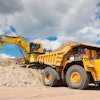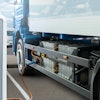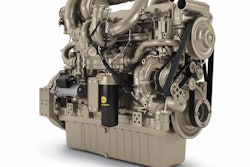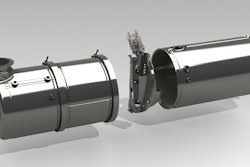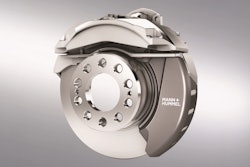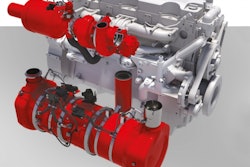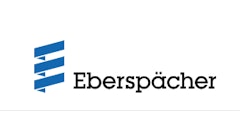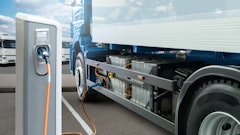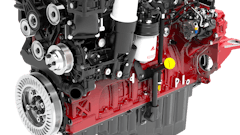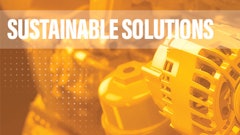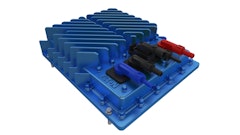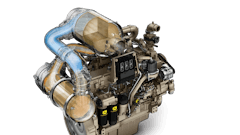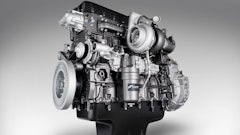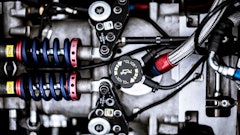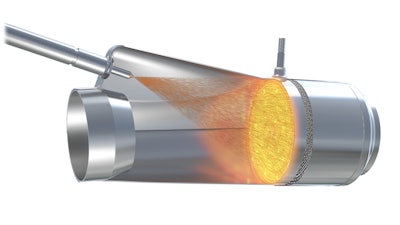
At bauma 2019, which will take place in Munich from April 8-14, Continental Powertrain will be presenting modular solutions designed to address future stricter NOx emissions standards for construction machinery. From the middle of the next decade, the focus of emissions regulations is expected to be extended to include construction machinery, as one of the contributors to urban nitrogen oxide (NOx) emissions. The load collectives for construction machinery vary widely and are in some cases highly dynamic. Future development work to achieve efficient NOx conversion under all operating conditions will therefore focus on minimizing the warm-up time after a cold start, and on consistently maintaining the necessary exhaust system operating temperature. In view of the long product life cycles of construction machinery, now is the time to provide and validate the appropriate exhaust aftertreatment technology. Possible solutions include compact, low-mass, modular metallic substrates, electrically heated catalysts and fuel injection into the exhaust stream close to the catalyst.
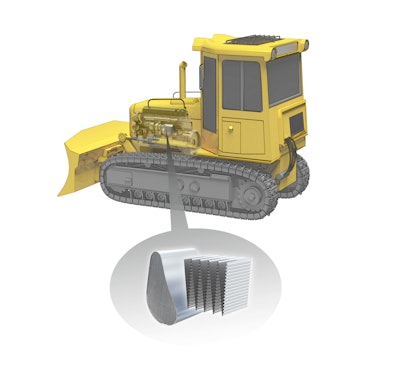 The new ‘concertina-type folding technique’ makes it possible to implement asymmetrical catalyst dimensions closely adapted to the available packaging space.
The new ‘concertina-type folding technique’ makes it possible to implement asymmetrical catalyst dimensions closely adapted to the available packaging space.
Optimal Control of Operating Temperature
When it comes to NOx emissions, regulations have so far paid little attention to urban construction sites. However, in just a few years’ time, much stricter nitrogen oxide limits are expected for road-going commercial vehicles such as trucks, and experience has shown that similar measures for non-road vehicles will soon follow.The cold-start phase will be particularly critical when meeting these requirements, given that the exhaust systems of construction machines such as crawler vehicles or diggers, for example, are relatively long, which means they have a high thermal mass and are subject to higher heat losses. “The challenge is to ensure that the exhaust system is heated as quickly as possible to a temperature where NOx conversion can start,” says Dr. Presti. Because the sooner NOx conversion begins, the greater the reduction in local NOx pollution.
Close-coupled mounting of the catalysts (oxidation catalyst and SCR catalyst) is a good strategy for ensuring that waste engine heat reaches the catalyst components as quickly as possible. “For the same basic engine, the catalysts used must be easily adaptable to a wide range of construction machines,” Presti continues. Here Continental offers two solutions. The new ‘concertina-type folding technique’ for metallic substrates makes it possible to implement asymmetrical catalyst dimensions that are more closely adapted to the available packaging space. Using the slanted metallic CS substrate (CS = crossversal structure), which dispenses with a smooth intermediate layer, it is also possible to achieve an approximately 20% reduction in mass. At the same time, the turbulence-generating CS foil structure improves the efficiency of the catalysts, with benefits particularly in terms of reducing the amount of costly precious metal that needs to be used in the substrate. “Substrate geometries that allow close-coupled mounting of the catalyst are a powerful design tool for customers,” says Presti. 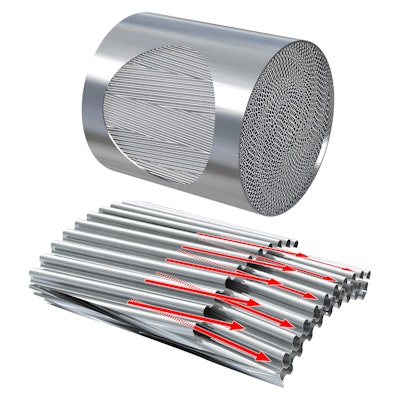 The turbulence-generating CS foil structure improves the efficiency of the catalysts.
The turbulence-generating CS foil structure improves the efficiency of the catalysts.
By developing heat quickly, electrically heated catalyst elements can serve a ‘stopgap’ function until other heating measures come on stream. These electric heating substrates can either be mounted as diesel oxidation catalyst or can be integrated in the SCR catalyst. A further intelligent solution would be to inject fuel into a mixing pipe, with subsequent catalytic conversion into heat immediately upstream of the catalyst. “This is a very efficient method because the heat is directed only where it is really needed, rather than simultaneously heating the entire thermal mass of the exhaust system,” Presti adds. These two strategies – electric heating and fuel injection – can also be used in combination.
For further information on Continental’s range of NOx-related products and strategies for construction machinery, visit booth 403 in Hall C5 at BAUMA in Munich, from April 8 to 14, 2019.

